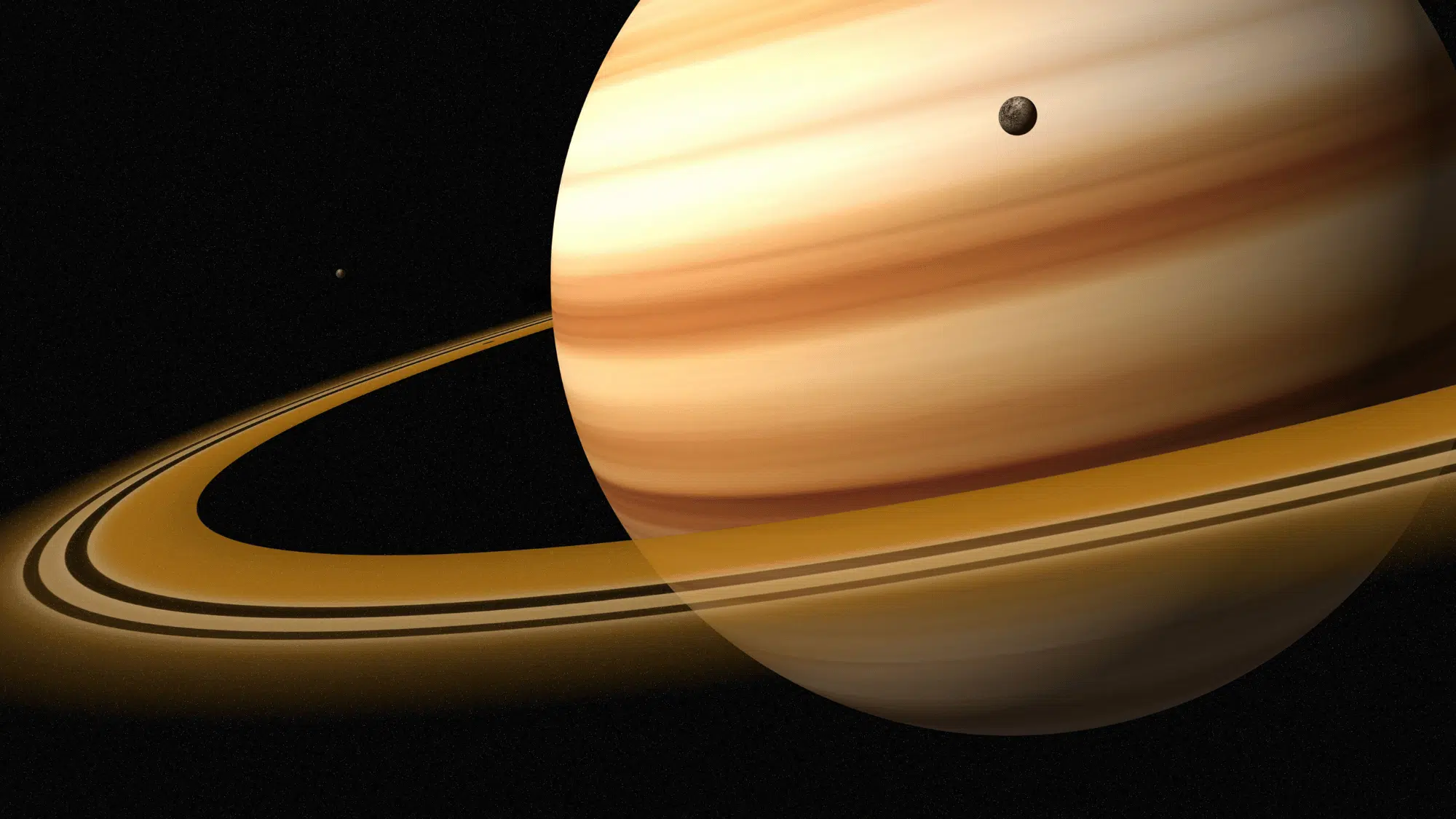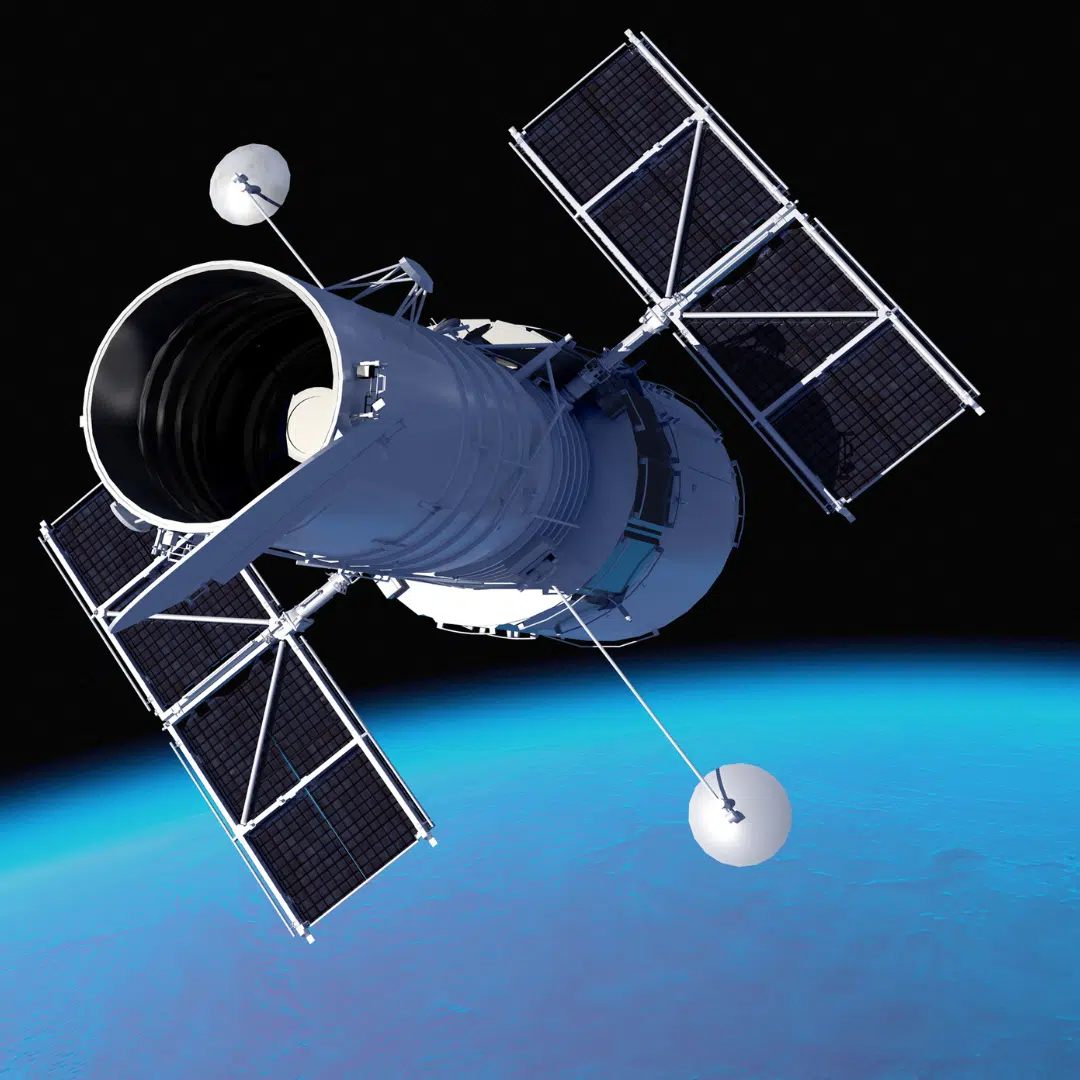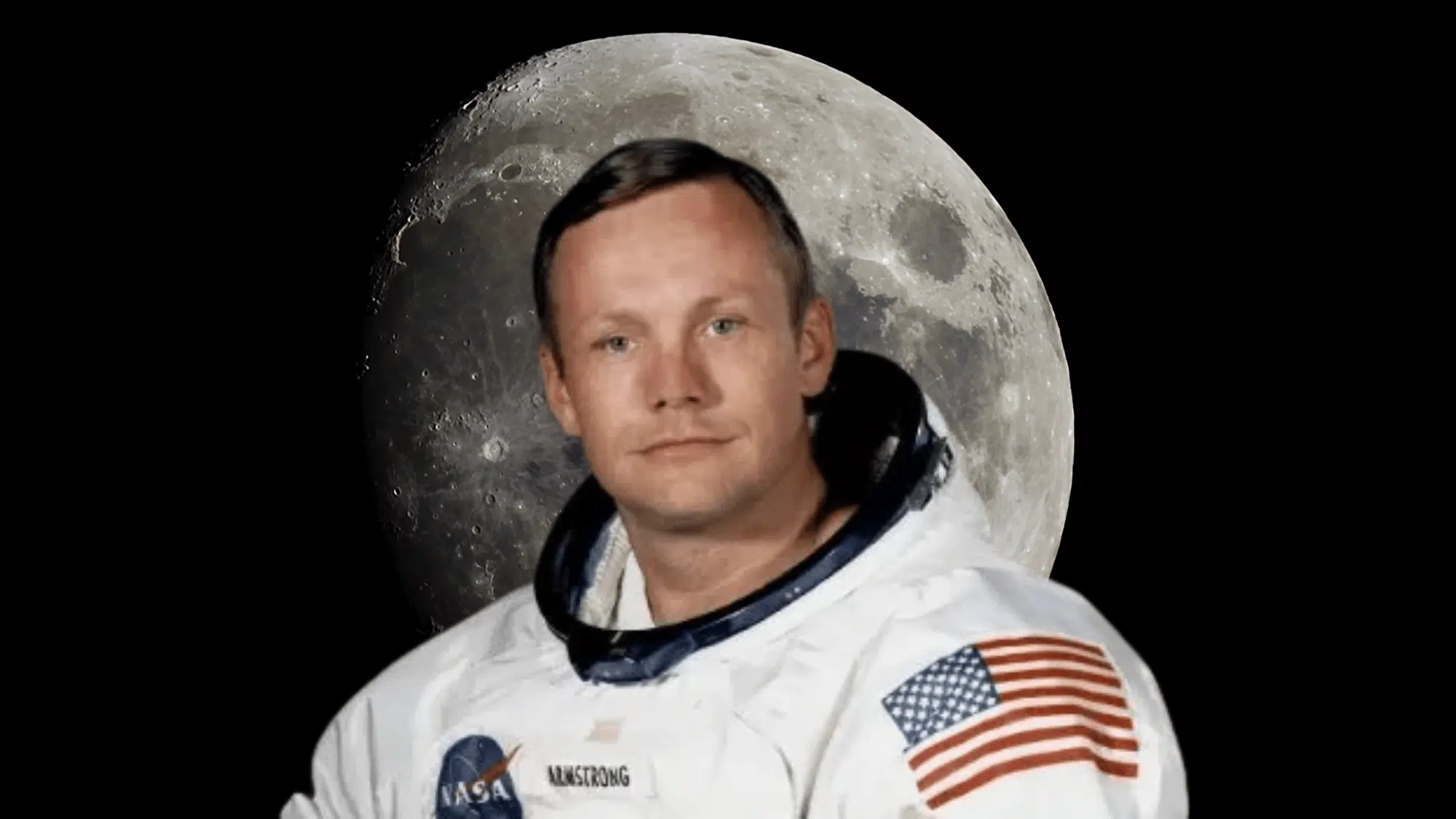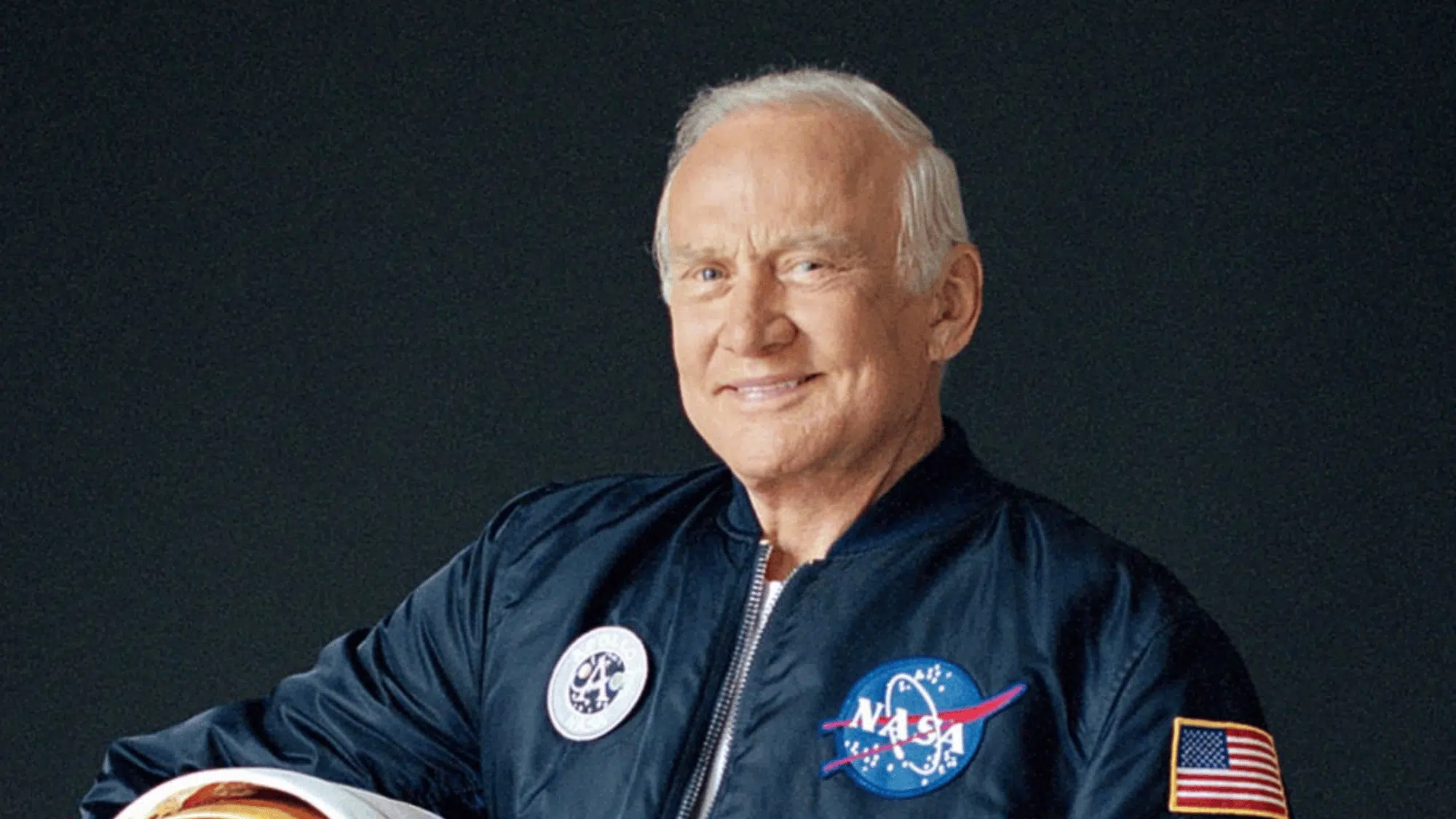Saturn is one of the most interesting planets in our solar system. Known for its beautiful rings, it has captured the interest of scientists and space fans for many years.
People often wonder what it would take to actually visit this giant planet. Since Saturn is very far from Earth, the time it takes to get there is not simple to explain.
It would depend on how fast a spacecraft can travel, the path it follows, and what the mission is designed to do.
This blog will look further into the question of travelling to Saturn and all the previous trips to the gas giant.
How Long Would a Direct Trip to Saturn Take Today?
Saturn is about 886 million miles (1.4 billion kilometers) from Earth on average.
The distance changes as both planets orbit the Sun, sometimes closer and sometimes farther, which affects travel time.
A direct trip without gravity assists would take years. A probe like New Horizons, moving 36,000 miles per hour, could arrive in about three years.
A slower craft, traveling at 25,000 miles per hour, would take over four years to complete. By contrast, a jet at 575 miles per hour would need more than 1,500 years.
In reality, missions rarely use the shortest path. Routes are planned to save fuel, even if this adds years to the trip.
Past Space Missions to Saturn
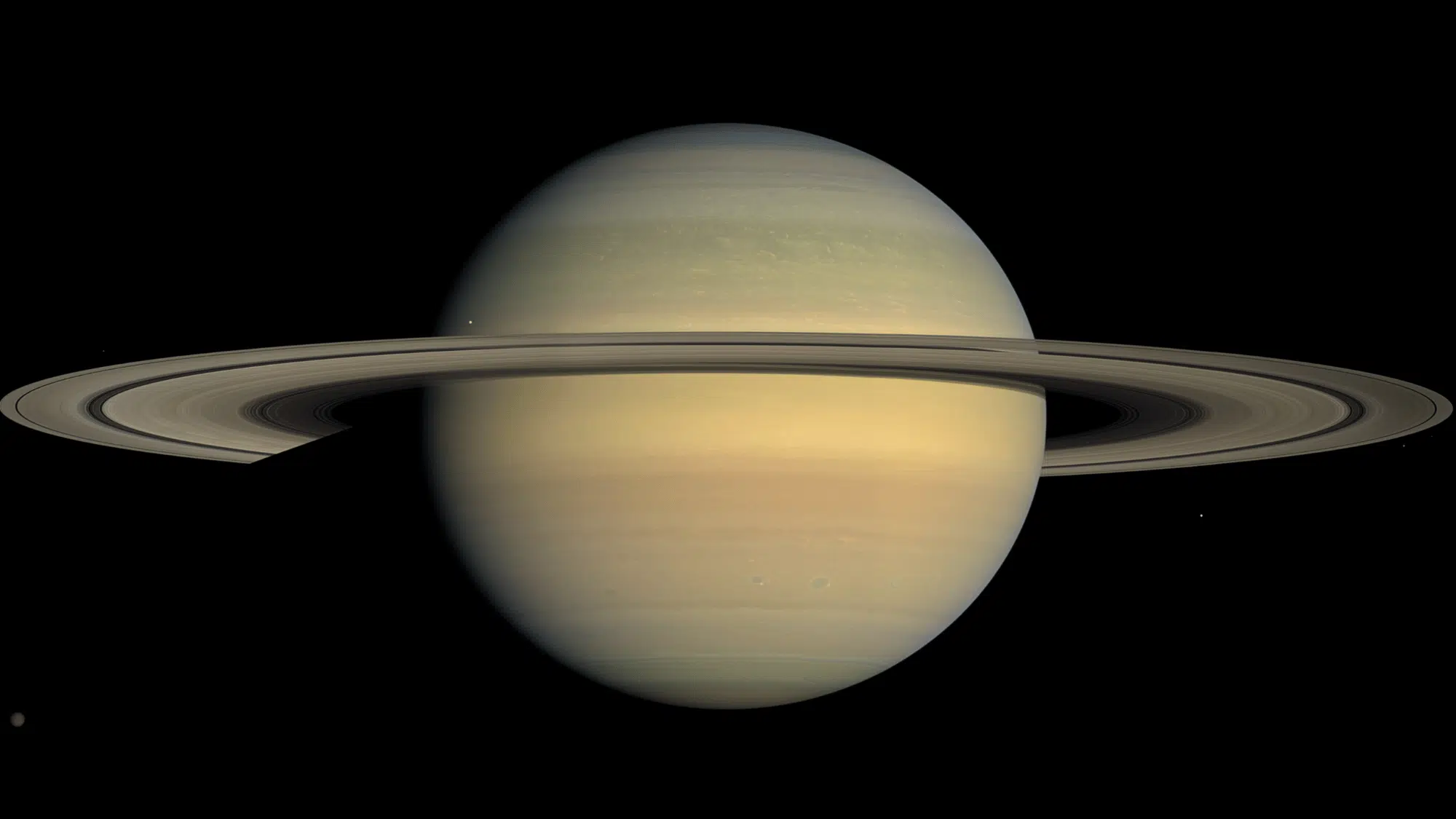

Image Source: Wikipedia
Several spacecraft have already traveled to Saturn, each with different goals and paths. Their journeys show how mission design and speed greatly affect travel time
- Pioneer 11 (1973 launch): This was the first spacecraft to fly past Saturn and send close-up images. It reached Saturn in about six years, arriving in 1979.
- Voyager 1 (1977 launch): Voyager 1 was designed to study the outer planets and continued into interstellar space. It reached Saturn in about three years, completing its flyby in 1980.
- Voyager 2 (1977 launch): Launched a few weeks earlier than Voyager 1, Voyager 2 followed a longer path to allow visits to Uranus and Neptune. It reached Saturn in about four years, arriving in 1981.
- Cassini (1997 launch): Cassini was built to enter Saturn’s orbit and study the planet and its moons in detail. It reached Saturn in about seven years, beginning its orbit in 2004.
How Travel to Saturn Compares to Other Planets
Traveling to Saturn takes far longer than reaching the inner planets or even nearby outer planets. The difference comes from each planet’s distance from Earth and the mission path.
Travel time of Mars compared to Saturn
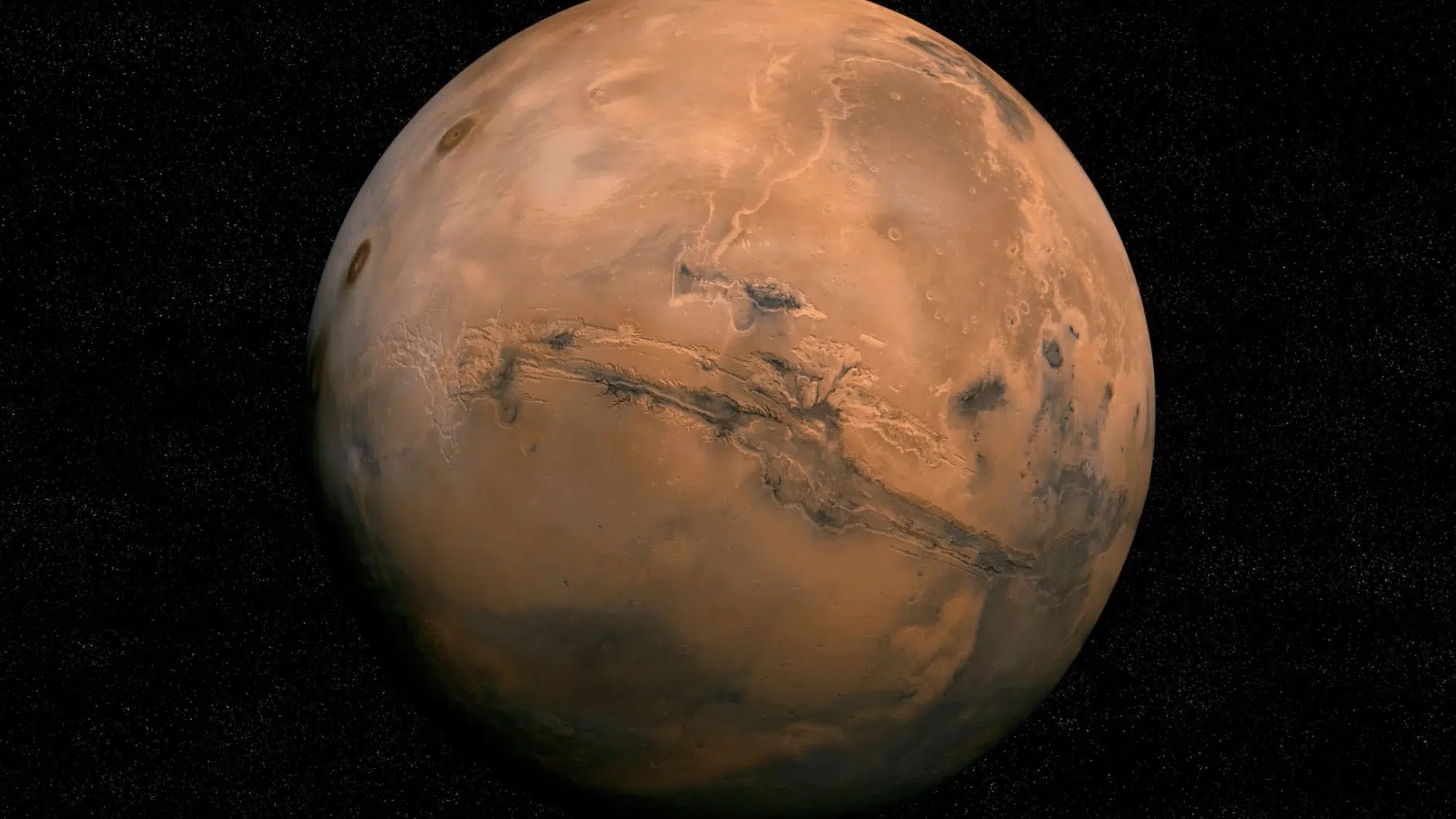

Image Source: NASA Science
Mars is about 140 million miles from Earth on average.
Spacecraft such as Viking 1 in 1975 and Mars Science Laboratory in 2011 reached Mars in about 8 to 9 months.
By contrast, Saturn is miles away; Pioneer 11 took about six years to reach Saturn.
The difference in distance explains why Mars missions are less than a year, while Saturn missions span several years
Travel time of Jupiter compared to Saturn


Image Source: Britannica
Jupiter is about 484 million miles from Earth.
Galileo, launched in 1989, took just over six years to arrive in 1995, while Juno, launched in 2011, reached Jupiter in five years.
Saturn is nearly twice as far. Voyager 1, launched in 1977, arrived at Saturn in about three years using a faster trajectory, while Voyager 2 took four years.
Cassini’s seven-year trip highlights the additional time required when heavier payloads and orbital insertion are included.
Why Outer Planets Require More Time
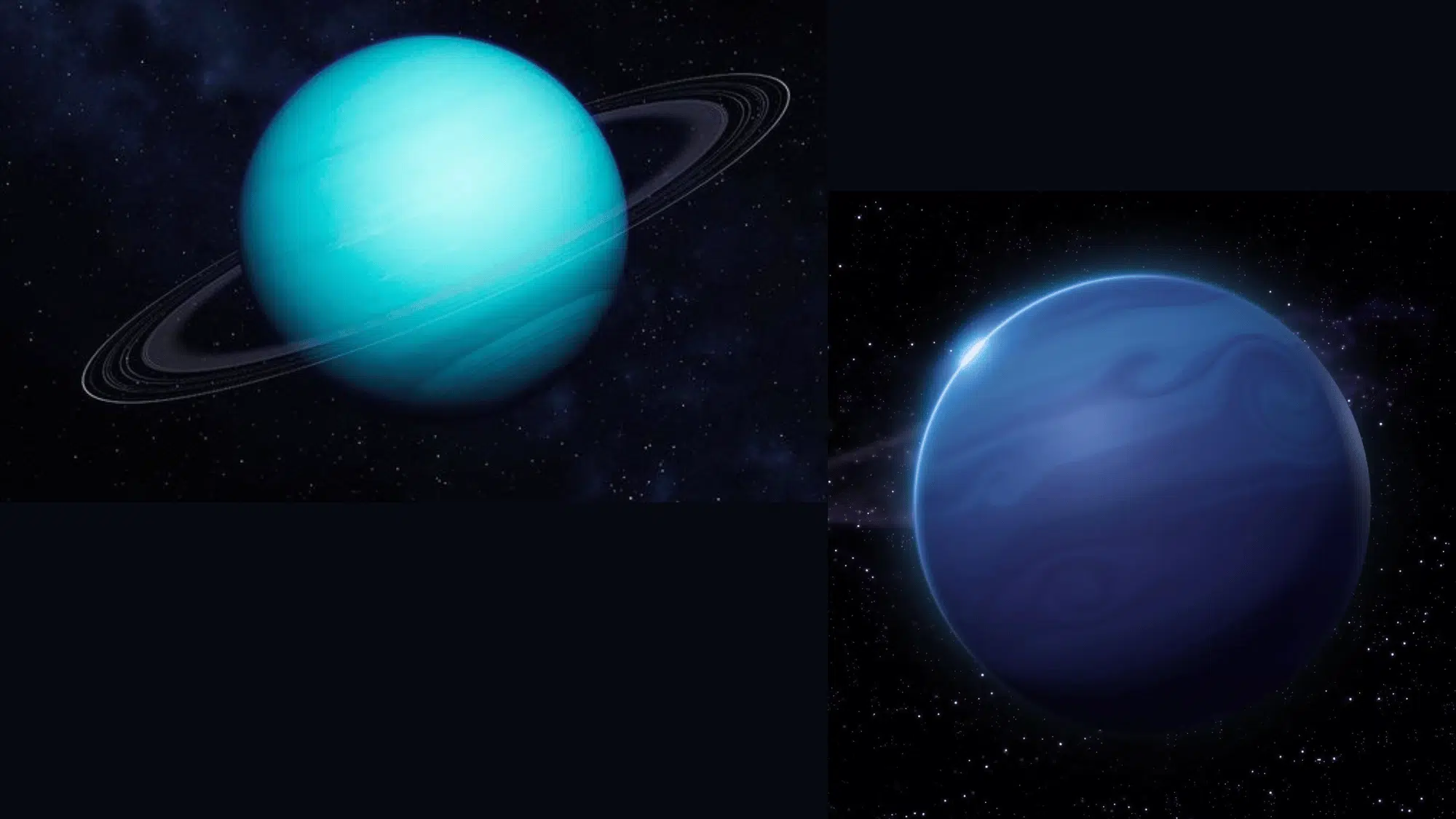

The outer planets are located much farther from Earth than the inner planets, which greatly increases travel times.
Distances rise sharply beyond Saturn, creating major challenges for spacecraft navigation and communication.
For example, Uranus is about 1.8 billion miles away, and Voyager 2 reached it in 1986 after nine years. Neptune is nearly 2.7 billion miles from Earth, with Voyager 2 arriving in 1989 after twelve years of flight.
Future Missions to Saturn
Future missions may use new propulsion systems to shorten the trip to Saturn.
Nuclear thermal propulsion might reduce travel to just over two years. Solar electric propulsion, already tested on NASA’s Dawn mission to Vesta and Ceres, could be applied to long-duration probes heading toward Saturn.
More advanced options, such as nuclear fusion propulsion, are still many decades away but could allow even faster trips and heavier payloads.
NASA and the European Space Agency have already planned missions like Dragonfly, a rotorcraft set to launch in 2028, which will look into Titan, Saturn’s largest moon, after arriving in the mid-2030s.
These technologies would not only speed travel but also expand scientific findings, making it possible to study Saturn’s atmosphere, rings, and moons in greater detail and with more frequent launches.
Conclusion
Travel to Saturn is one of the longest and most complex missions in space.
The distance is nearly 900 million miles, and spacecraft need three to seven years to arrive, depending on speed, payload, and mission design.
Unlike shorter trips to Mars or Jupiter, a trip to Saturn requires careful use of gravity assists and long-term planning. Different factors delay communication design.
These challenges improve propulsion, navigation, and deep-space systems. By solving them, space agencies gain tools and knowledge that make future study of both inner and outer planets more effective.



